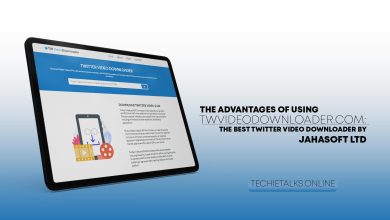
Tips to Learn Selling (Teenagers): Today I will show you how to learn selling in the easiest way I know. This tip or you can say as a ritual if you apply it you can learn typing effectively in a very short amount of time.
This tip will require you a phone and yourself that’s it. So if you want to learn selling there are some basics you need to keep in your mind before you enter the world of business.
Basics
-
Be polite
This is the most difficult one of all. Let admit it pisses everyone when they are not ready to buy you stuff. But at all cost be polite and never utter a word that will disappoint your buyer.
here is a technique for you. think like you are dealing with stubborn 7 year old kids. And you are selling to them. You may think that would be easy.
If you thought that then you don’t know kids well. You have to deal with them with patience and politeness. There mood can swing too fast so you have to be prepared.
-
Keep the deal about them (Rather than yourself)
No one will buy anything from you unless they are getting a value from. If you are not providing the value they are looking to get you are likely to get a big no. so you should always find something to appeal the interest of the person you are selling to.
-
Get used no
Get used to hearing no. you may say I am crazy but listen you can never have a straight yes. You have to get used to hearing no. and a chain of no will lead to a yes. At start it will be difficult but I some times you will get better at it.
So they are the basics. Practice them before you enter the game of selling. So lets revise the first tip was to be polite which simply means work on your speaking skills. The other tip was to keep the deal about them which simply means have something that appeals to the buyers interest. And the third tip was to get used to no or get used to hearing no.
So know let get to business. How much money do you have in your pocket right know. Count them, and if they are less than $100 then go and save till you have $100 in your pocket. Then take your phone and whatever the product you have bought (remember don’t buy one thing from all of your money in this stage you need quantity i.e. you can start with cookies or anything). know call home to home and tell try to sell your cookies to them. Know that you will have a loss but since you are only starting with $100 and you intention is to learn it totally worth it. Know call them or go door to door and tell them what value will they receive from your cookies.
By this way you will learn how to sell to them but if you pay attention you can find the interest of the buyers you are appealing. Then you can do that. But to make sure you learn the most out of this practice be consistent, go take advise from the people who are doing the same thing which you are doing.
You are teaching yourself how to sell. Which is the most important skill for any business.
“If you are consistent, you can move mountain”




3 Comments